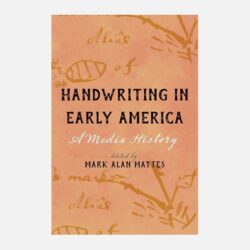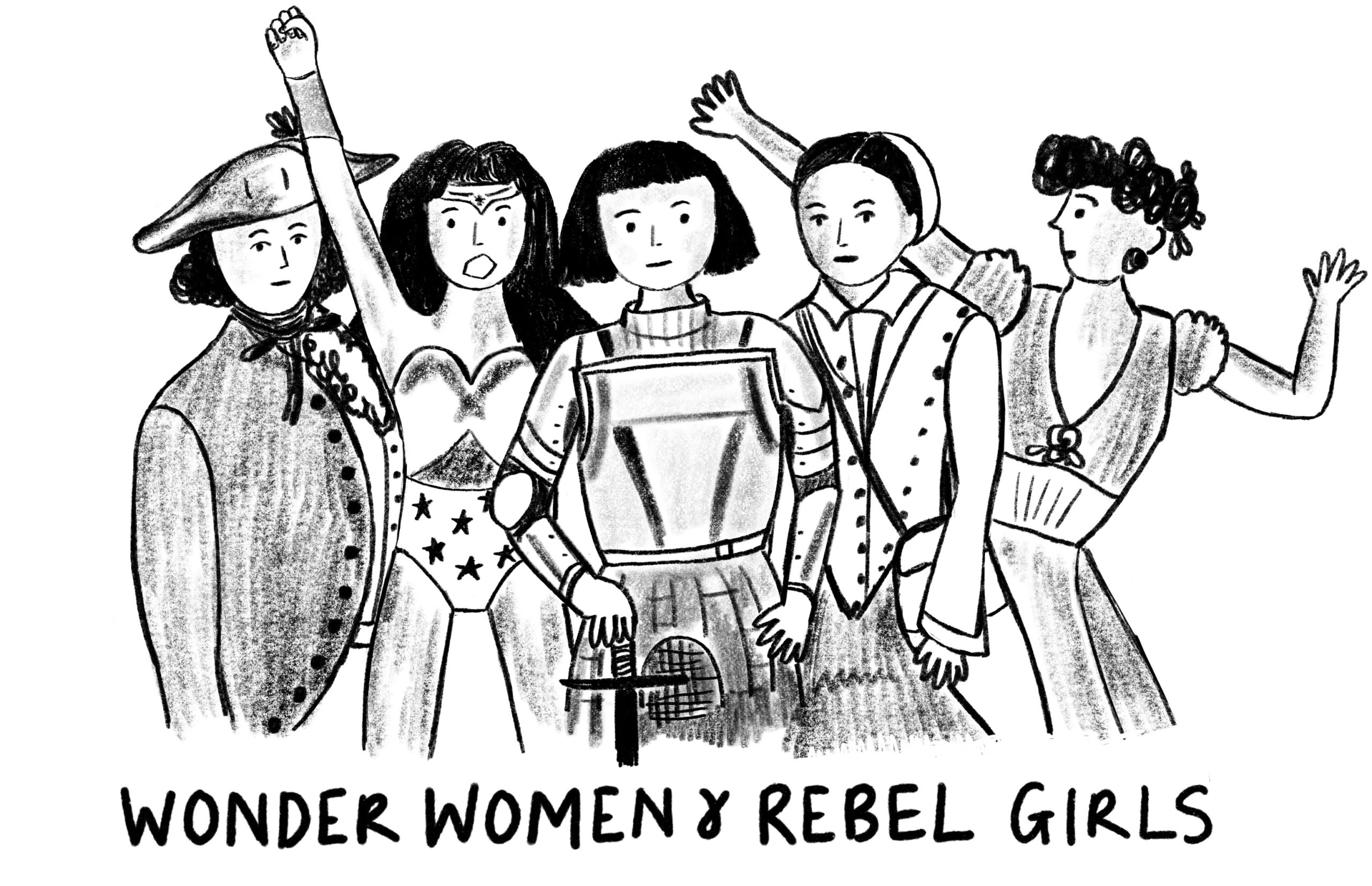In 2010, changes to American education standards eliminated the mandate to teach handwriting in public schools. As a result many states dropped the practice in classrooms. Yet in recent years trends have begun to reverse, and now more than 20 states once again include formal cursive instruction (Elizabeth Heubeck, “More States Require Schools to Teach Cursive Writing. Why?” EducationWeek, 16 November 2023). On the first day of 2024, California became one of the latest to do so, but newspapers reflect lingering skepticism. In one opinion piece entitled “Spare the state’s schoolchildren cruel and cursed cursive lessons,” a columnist for the Los Angeles Times concluded, “Cursive is for when you have nothing else to do, or want to live out some steampunk fantasy” (Gustavo Arellano, “Spare the state’s schoolchildren cruel and cursed cursive lessons,” Los Angeles Times, 15 January 2024). It was with this context in mind that I read Handwriting in Early America: A Media History, edited by Mark Alan Mattes. Why does handwriting matter, and how can scholars and educators better explain its significance?
Tag: media studies
Dennis Duncan. Index, A History of the: A Bookish Adventure from Medieval Manuscripts to the Digital Age.
he history of the index, it turns out in Duncan’s equally excellent and entertaining historical survey, has much to tell us about the history of how texts were used between the thirteenth century and the present day, and how producers of books have aimed to answer the demands of those developing uses within the confines of the available technologies of their times.
Simone Murray, The Digital Literary Sphere
Simone Murray’s The Digital Literary Sphere has a set of ambitious and interrelated objectives. The book proposes to understand digital writing as the product of an industry that is also becoming digital, touching on the ways that the digital sphere creates its own conceptualizations of authorship, marketing, book reviewing and reading. The Digital Literary Sphere additionally features a rationale for thinking of “the digital’s significance for literary culture” (1) via some of the methods and concerns of book history, media studies, and a specific aspect of electronic literary studies. Along the way, Murray considers, and for the most part discards, other ways of understanding digital writing, including literary studies more generally, the Digital Humanities, cultural studies, approaches making use of Bourdieu’s conception of the literary field, and literary sociology. ☛ ☞
CFP: Wonder Women & Rebel Girls (deadline 6/15)
4th September 2020 Centre for War Studies, University College Dublin Online Workshop Keynote: Dr Emma Butcher (University of Leicester) ‘War…
William B. Robison, ed. History, Fiction, and The Tudors: Sex, Politics, Power, and Artistic License in the Showtime Television Series
William B. Robison, ed. History, Fiction, and The Tudors: Sex, Politics, Power, and Artistic License in the Showtime Television Series….




